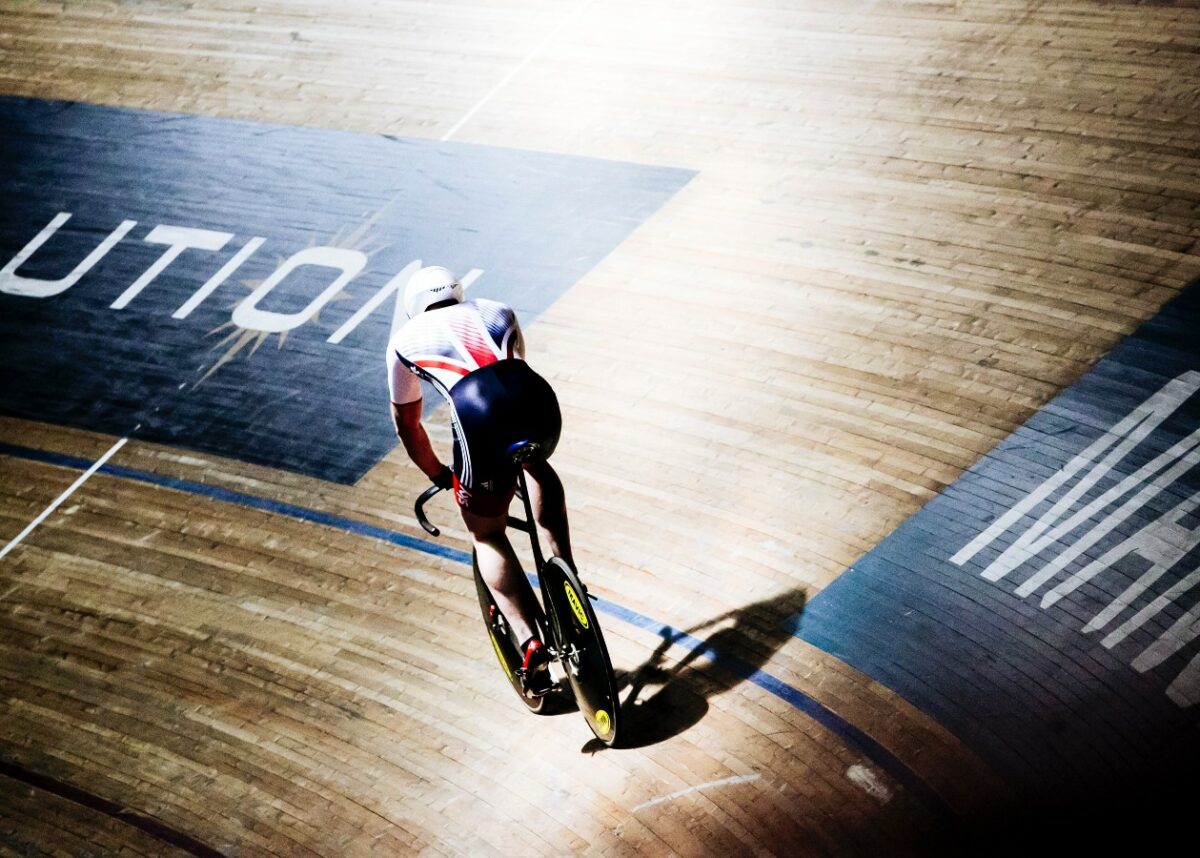Dan Gordon, Anglia Ruskin University; Julien Desanlis, Université Paris-Saclay, and Marie Gernigon, Université Paris-Saclay
To be the best of the best, Olympians and Paralympians sometimes resort to using peculiar methods to achieve even the most minute gains in their fitness and performance. For example, things like ice baths and cupping are popular with elite athletes. More recently, many Olympians have been spotted wearing black cuffs around their muscles during workouts – a practice known as blood flow restriction training.
Blood flow restriction training sees athletes strap a cuff or band around their muscles – not unlike the kind of cuff you might use when having your blood pressure measured – which is then inflated. This cuff reduces blood flow to the muscle, leading to less oxygen being transported to the muscle cells.
Since oxygen is needed to help the muscles recover, when it’s limited, so is recovery during the workout. This means that it requires more effort for the body to work – so much so that even during a less intense workout, the exercises becomes harder because there is more fatigue. Once the workout is finished, the cuff is removed – allowing blood to surge into the muscle cells. This is thought to accelerate recovery post-workout, and fitness levels.
This is an emerging area of research, so there’s still much to be learned about it. But the evidence we currently have is compelling and explains why it’s becoming a popular approach with elite athletes.
For athletes for whom strength is important, such as hammer throwers or wrestlers, blood flow restriction training has been shown to increase the maximum amount an athlete can lift by around 6-19%. It’s thought this happens because blood flow restriction training increases the amount of protein the body uses, and protein is necessary for helping the body change and develop muscle and strength.
Blood flow restriction training has also been shown to benefit endurance athletes. Endurance is all about being able to circulate enough oxygen to the muscles that need it. Using blood flow restriction training during endurance training (such as while cycling or running) has been shown to lead to the body developing additional blood vessels – which ultimately helps increase the rate of blood flow to the muscles.
It is the stress on the blood vessels that ultimately helps the body develop additional blood vessels. More blood vessels means more oxygen-rich blood going to the muscles, which is needed for recovery and also performance. This ideally means an athlete will perform better in competition.
Blood flow restriction training alongside endurance training also increases the size and number of mitochondria (which generates most of a cell’s energy) circulating in the body. This thereby improves the body’s use of stored glycogen (which acts a fuel to the body), ultimately leading to better endurance performance.
Olympic effort
For Olympic and Paralympic athletes, even the most minute gains in their performance can mean the difference between a gold medal and last place.
The problem is that the fitter a person becomes through years of accumulated training, the smaller their improvements in fitness become. An example of this can be seen in the slowing in athlete personal best performance as they get older.
For any athlete to become physically fit, they need to undergo physiological adaptations – like when the size of a muscle increases through strength training or the heart increases in size from endurance training. But these adaptations – which are affected by the intensity, frequency and duration of training – are fundamentally impacted by the recovery after the training. Recovery is where the adaptations occur. If recovery is not sufficient, the adaptation is reduced.
Training leads to fatigue – and the amount of fatigue that’s produced dictates the size of the adaptation. But you also need to give the muscles time to adapt and recover. In other words, fatigue plus recovery equals fitness gains. Blood flow restriction training causes greater fatigue on the muscles – and more quickly – so as long as an athlete gives their muscles time to recover, it allows them to adapt more quickly than they might have otherwise.
For elite athletes, where gains in physiological adaptation are marginal because they’re approaching their genetic limits, the use of blood flow restriction training is used to push their training adaptations to the limit – and make these adaptations happen more quickly. And, as many athletes suffer from injuries during training, blood flow restriction training can help to speed up the recovery by encouraging gains from less demanding workouts.
Dan Gordon, Associate Professor: Cardiorespiratory Exercise Physiology, Anglia Ruskin University; Julien Desanlis, PhD Researcher, Sport Physiology, Université Paris-Saclay, and Marie Gernigon, Associate Professor, Sport Sciences, Université Paris-Saclay
This article is republished from The Conversation under a Creative Commons license. Read the original article.












